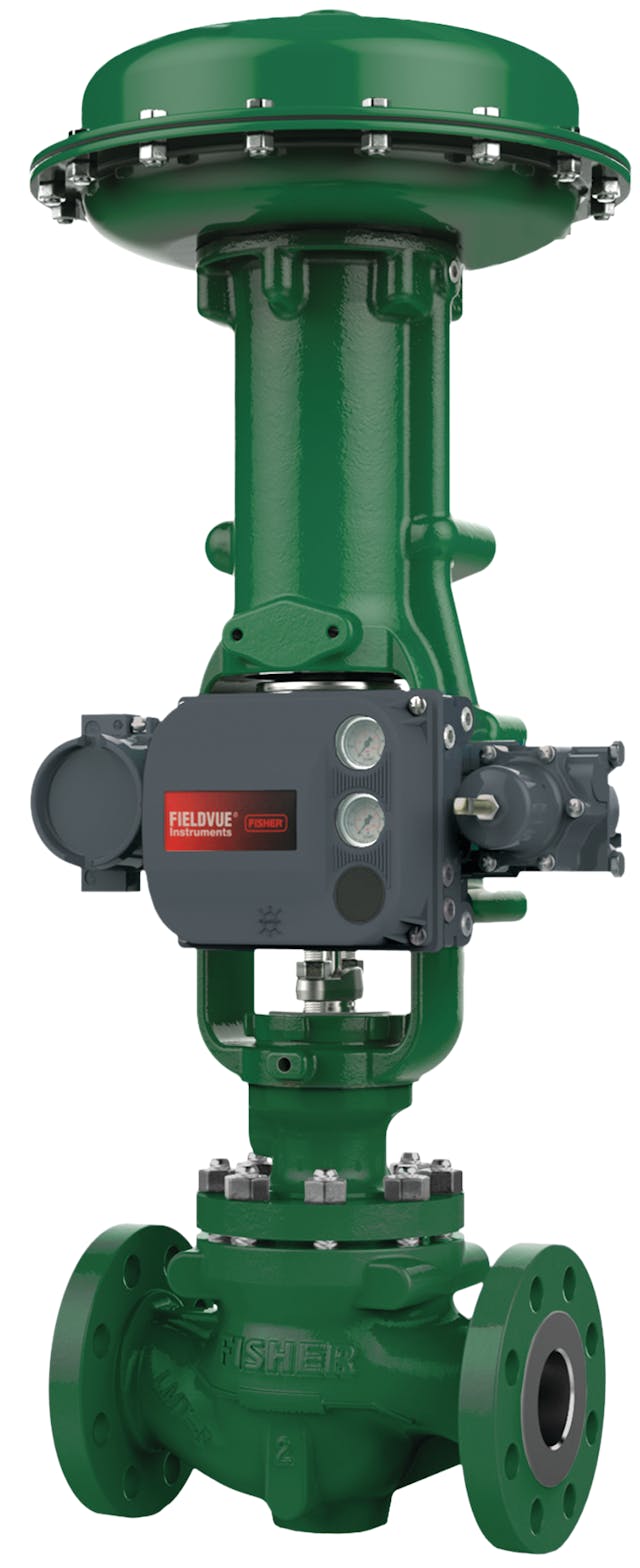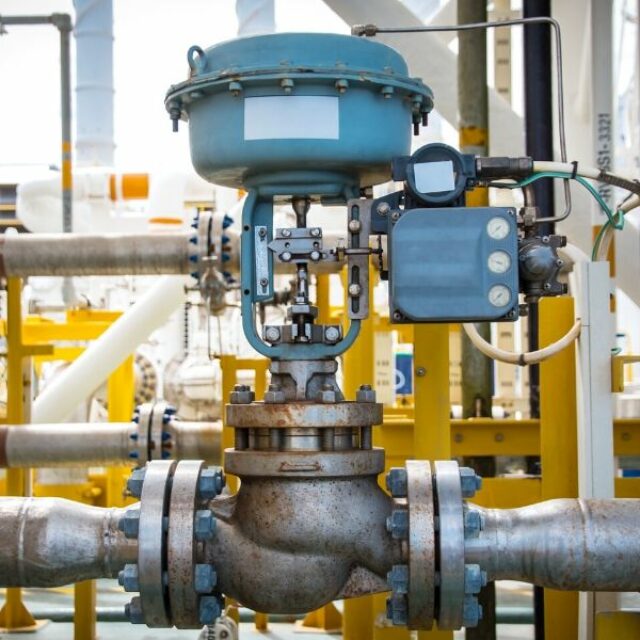Recognizing the Relevance of Control Valves in Process Automation
Recognizing the Relevance of Control Valves in Process Automation
Blog Article

Maximize Power Savings and Comfort With Advanced Structure Automation Controls
In the world of modern-day design and center management, the assimilation of advanced structure automation regulates stands as an essential development. By harnessing the power of automation, buildings can adjust, react, and develop in ways that were as soon as unimaginable.
Power Effectiveness Advantages
Power performance benefits can considerably minimize energy usage and functional prices in structures. By executing energy-efficient techniques and technologies, building owners and operators can attain significant savings while likewise contributing to ecological sustainability. One of the primary benefits of boosting power efficiency in buildings is the reduction of energy costs. Energy-efficient systems, such as advanced building automation controls, can enhance the use of sources like lights, home heating, and cooling, resulting in reduced power expenses gradually.
Moreover, boosted energy efficiency can prolong the lifespan of structure tools and systems. By running much more efficiently, a/c systems, light, and other structure components experience less wear and tear, causing minimized maintenance and substitute expenses. Additionally, energy-efficient structures usually command greater property worths and rental rates, giving long-lasting financial benefits to proprietors.
Additionally, power effectiveness can enhance owner convenience and efficiency. Properly controlled interior settings with optimal illumination and thermal problems develop an even more pleasant and favorable work area, bring about enhanced staff member fulfillment and performance. In general, the energy performance benefits connected with innovative building automation controls are complex, encompassing expense financial savings, environmental stewardship, and passenger health.
Improved Convenience Control
Enhancing comfort control in structure settings requires an innovative combination of sophisticated automation systems for optimum occupant wellness. By utilizing sophisticated structure automation controls, facilities can customize the interior setting to satisfy the certain demands and choices of occupants. These systems make it possible for accurate policy of temperature, illumination, and air flow, developing a comfy and productive atmosphere. Resident contentment and performance are closely linked to thermal comfort, making it vital to have systems in position that can adjust to altering problems in real-time.
Improved convenience control exceeds standard temperature adjustments. It consists of features such as individualized settings, tenancy sensors, and natural light application to develop a vibrant and responsive environment. By incorporating these advanced controls, structures can not only improve convenience but additionally enhance power efficiency by enhancing system procedures based on real occupancy and use patterns. Eventually, prioritizing resident convenience through innovative automation systems leads to a much more enjoyable and much healthier interior setting.
Functional Performance Improvements

Moreover, the application of real-time surveillance and analytics devices allows building drivers to determine energy inefficiencies and operational abnormalities without delay. By continuously keeping track of power use patterns and system performance metrics, changes can be made in real-time to optimize power intake and make certain peak operational effectiveness. control valves. In addition, including demand reaction strategies right into structure automation controls can further boost operational performance by dynamically best site changing power use based on grid conditions and pricing signals
Indoor Environment Optimization
Effective interior environment optimization is a fundamental facet of building automation controls, making certain passengers' convenience and well-being while maximizing power cost savings. By making use of innovative sensors and controls, developing automation systems can continuously monitor and adjust temperature, moisture levels, air high quality, and air flow to develop an optimal interior setting. Maintaining comfy and regular problems not only enhances resident complete satisfaction yet also boosts performance and total wellness.
Interior environment optimization likewise plays an essential role in energy effectiveness. By fine-tuning air flow, heating, and air conditioning systems based upon real-time data and occupancy patterns, constructing automation controls can substantially decrease energy consumption - control valves. Applying approaches such as demand-controlled ventilation and thermal zoning can assist reduce power waste while making sure that each area of the structure obtains the required conditioning.

Sustainable Atmosphere Production
Structure automation manages not only maximize indoor climate conditions for power effectiveness and occupant comfort however likewise lay the foundation for developing a sustainable setting with strategic management of systems and sources. By integrating sophisticated structure automation modern technologies, such as sensing units, actuators, and intelligent software application, facilities can readjust and monitor power usage in real-time to reduce waste and reduce their carbon impact. These systems allow predictive maintenance, determining prospective problems before they intensify and maximizing equipment performance to improve durability and effectiveness.
Moreover, sustainable environment development prolongs beyond energy monitoring to incorporate water preservation, waste reduction, and indoor air high quality improvement. Structure automation controls can manage water use, identify leaks, and make sure proper waste disposal methods, contributing to general sustainability efforts. Additionally, by regulating and keeping an eye on ventilation and filtration systems, these modern technologies boost resident wellness and performance while reducing visit this page power consumption connected with heating and cooling procedures.
Verdict
To conclude, progressed building automation manages deal significant advantages in terms of energy financial savings, comfort control, operational performance, interior climate optimization, and developing a sustainable setting. By executing these controls, structures can attain optimum performance while reducing energy usage and enhancing occupant convenience. It appears that the use of sophisticated automation modern technology is crucial in boosting building efficiency and developing an extra lasting future.
Power performance benefits this contact form can significantly decrease energy consumption and operational expenses in buildings. On the whole, the energy effectiveness benefits associated with advanced building automation controls are diverse, incorporating price financial savings, ecological stewardship, and occupant well-being.
Additionally, incorporating need action methods into building automation controls can further improve functional effectiveness by dynamically changing energy use based on grid conditions and pricing signals.
Structure automation controls not only enhance indoor environment conditions for power efficiency and owner comfort yet additionally lay the structure for developing a lasting environment with tactical administration of systems and sources.In verdict, advanced structure automation controls deal substantial advantages in terms of energy financial savings, comfort control, functional performance, indoor climate optimization, and producing a lasting environment.
Report this page